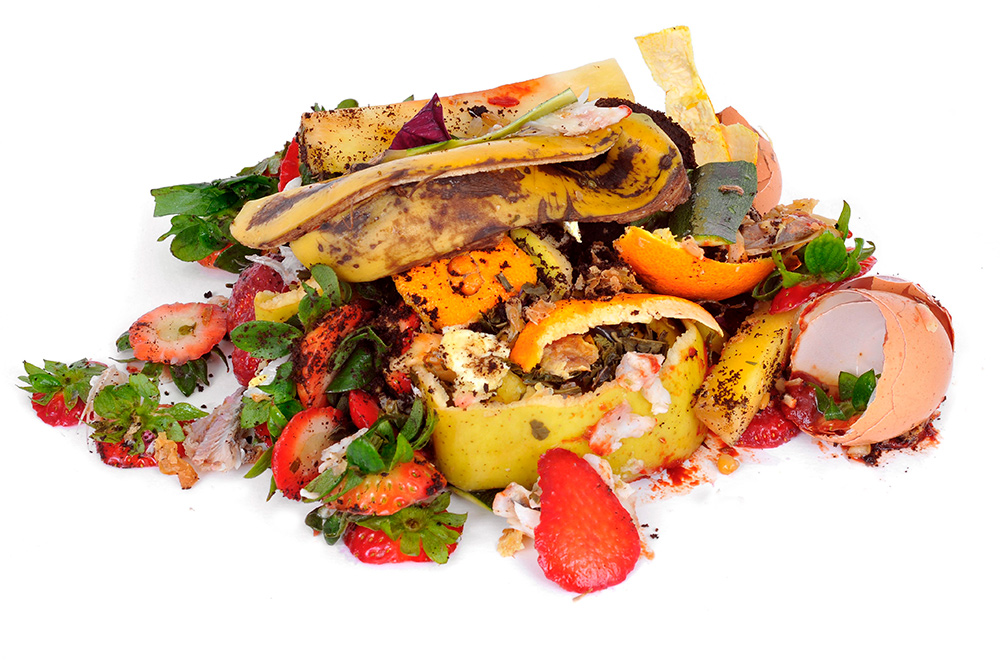Now the food waste turns into biogas

Almost 40 percent of the content in the city's garbage bags is food waste, according to Stockholm Water and Waste. Soon the food waste from the lunch rooms at ITM can be sorted out and converted into biogas and bio fertilizer. In July everything will be prepared and ready.
For some time, KTH Sustainability Office has led a project to implement sorting of food waste at KTH and soon it is time to move from words to action. At the ITM School, all lunch rooms and garbage rooms are reviewed and will be ready for sorting food waste before the end of July. In all kitchenettes you can then throw your food waste into specific bins, and the waste rooms will be prepared so that the cleaning staff can carry the waste further. By sorting out food waste we contribute to the regional cycle.
Look for the garbage bins for food waste and information boards in the lunch rooms!
Read more about the waste sorting at ITM in separate PDF (Swedish) (pdf 1.6 MB)

